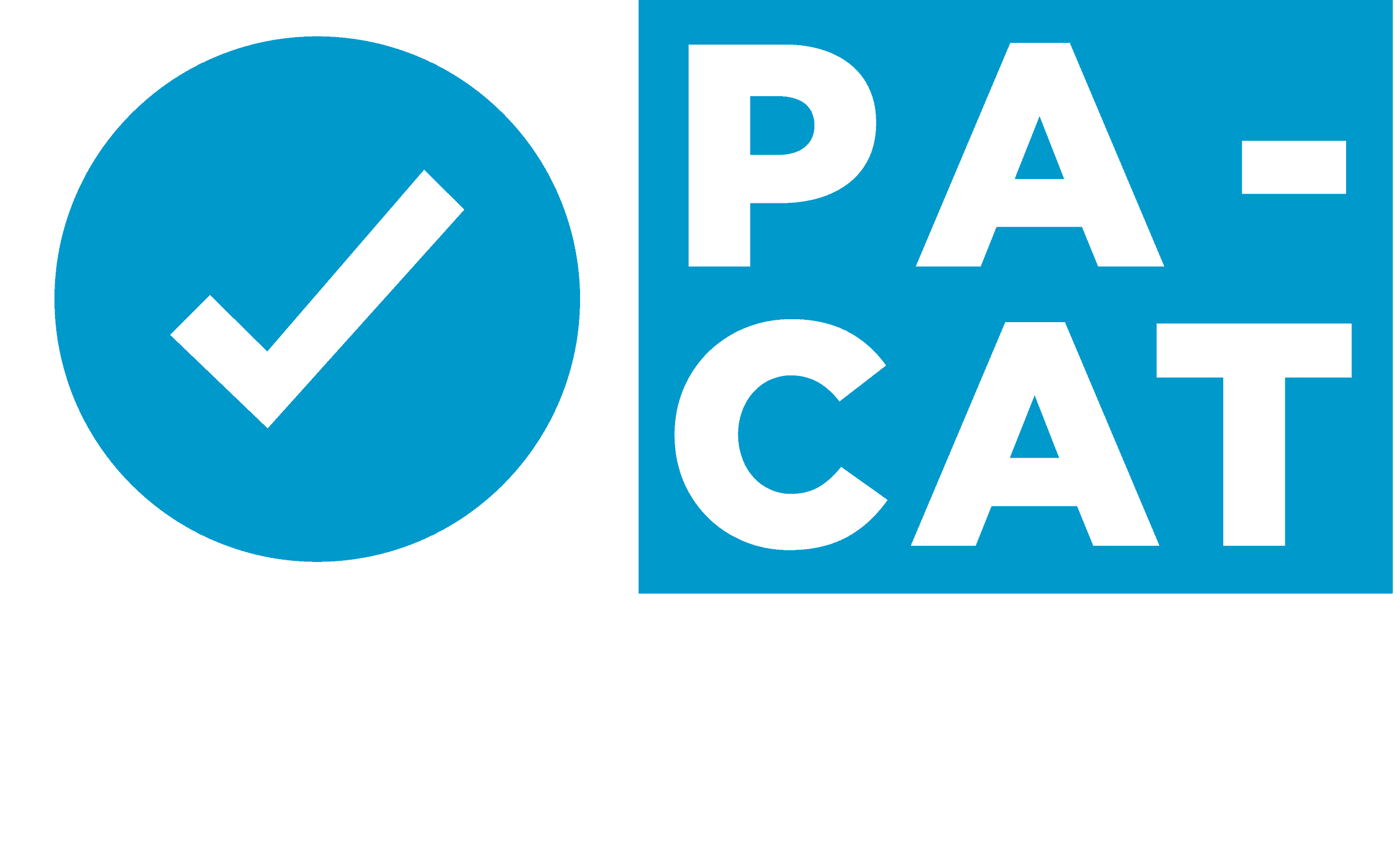What is a “Norm Table”?
A norm table is a table of values representing the aggregate PA-CAT test results from all candidates. A norm table typically shows rankings of the results for comparative analysis. The PA-CAT norm table groups candidate scores by decile with each decile representing the scores of 10% of the examinees. These are ranked as 1st, 2nd, 3rd, 4th… to 10th (or bottom) decile. Candidates whose scores were equal to or better than 90% of all the candidate scores would fall into the top decile. Candidates whose scores were lower than 90% of all candidate scores would fall into the 10th or bottom decile.
Do all of the PA-CAT test items count toward the total score?
Questions found in standardized exams must be rigorously tested prior to their use to ensure that they are at the appropriate level of difficulty, do not result in bias, and accurately measure the concept to be tested. Thus, the PA-CAT includes both “active” questions and “pilot” questions. The pilot questions do not count toward the score but are included in the exam for evaluation prior to possible use in later versions of the exam.
The PA-CAT covers 9 subjects, but I only see three sub-scores. Why is that?
The PA-CAT consists of 200 scored items covering nine subjects. Some subjects, like anatomy and physiology, are weighted more heavily on the exam. For statistical accuracy, only the subject areas with the most questions can be compiled into a sub-score. The smaller subject does count toward the overall exam score and are important measures of student knowledge in those areas. Scoring results in Anatomy and Physiology, Biology, and Chemistry have the most impact on your overall PA-CAT score.
How will PA programs use my PA-CAT score as part of their admissions decisions?
PA Programs evaluate a variety of criteria and candidate qualifications in order to determine if a candidate is a good fit for their program. Historically, many PA programs used the GRE as a standardized exam to help determine the academic strength of a candidate. The PA-CAT is designed to be more closely targeted to measuring candidate knowledge in the foundational subjects new PA students need to understand well in order to succeed in PA school. Thus, the PA-CAT is designed to help programs determine whether a candidate is academically prepared for PA school, the results of which will be used as part of a holistic admissions process. PA-CAT results might also help PA programs distinguish between candidates with similar qualifications and experience.
Have additional questions? Review the PA-CAT Scores FAQ link.

